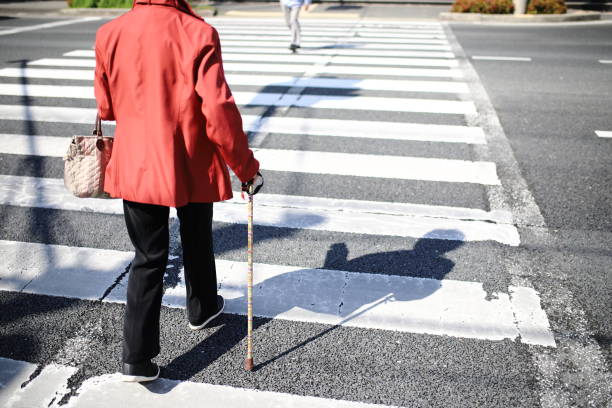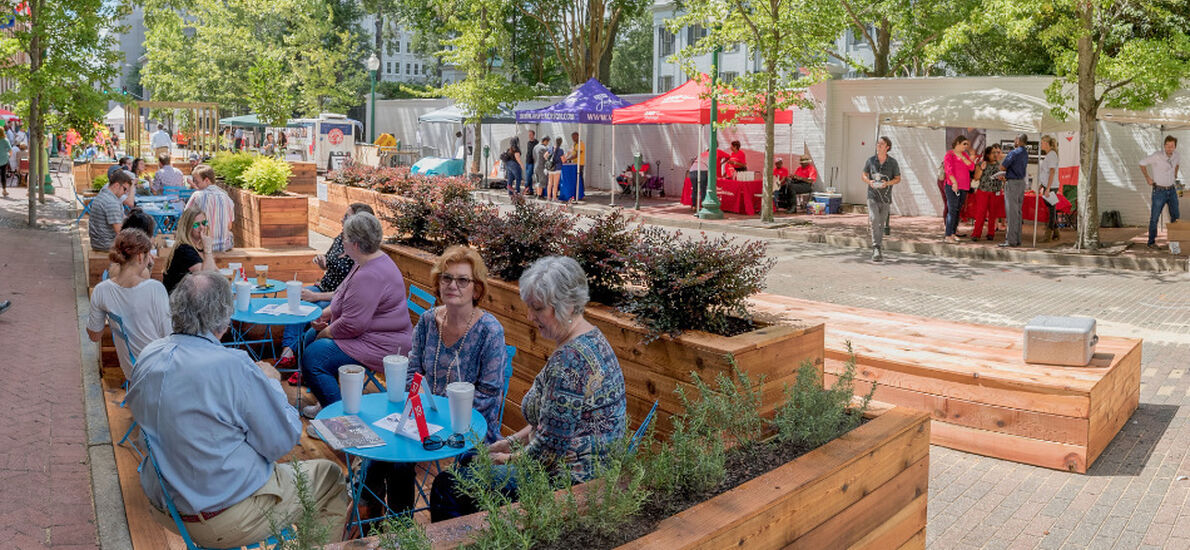
According to the AARP, the vast majority of seniors (90%) prefer to age in place in their own home. To make this possible, multiple research studies have shown that a community must be mobility-friendly to allow seniors to be independent as they lose the ability to drive, get outside for exercise and fresh air, and be involved in their local community.
Complete Streets
Neighborhoods that make it easier for seniors to be out and about are called walkable neighborhoods. This means they must have:
- Wide, even sidewalks
- Frequent benches for rest breaks
- Walking proximity to parks and trails
- Walking proximity to amenities like grocery stores, pharmacies, restaurants, cafes, and banks
- Streets easy to cross for slower walking residents
Do you sometimes wonder why there are so few people walking in our streets, or why we don’t see kids playing in the streets the way they used to just 50 years ago? One of the reasons is streets built since then prioritize car traffic over everything else.
Streets that are safe for everyone to use and to cross (drivers, walkers, bicyclists, children, wheelchair users, seniors) are called Complete Streets. They are streets designed for everyone, regardless of age or mobility.
Walkable neighborhoods make it safe and welcoming for seniors to go for walks for exercise, walk to the park, or to amenities.
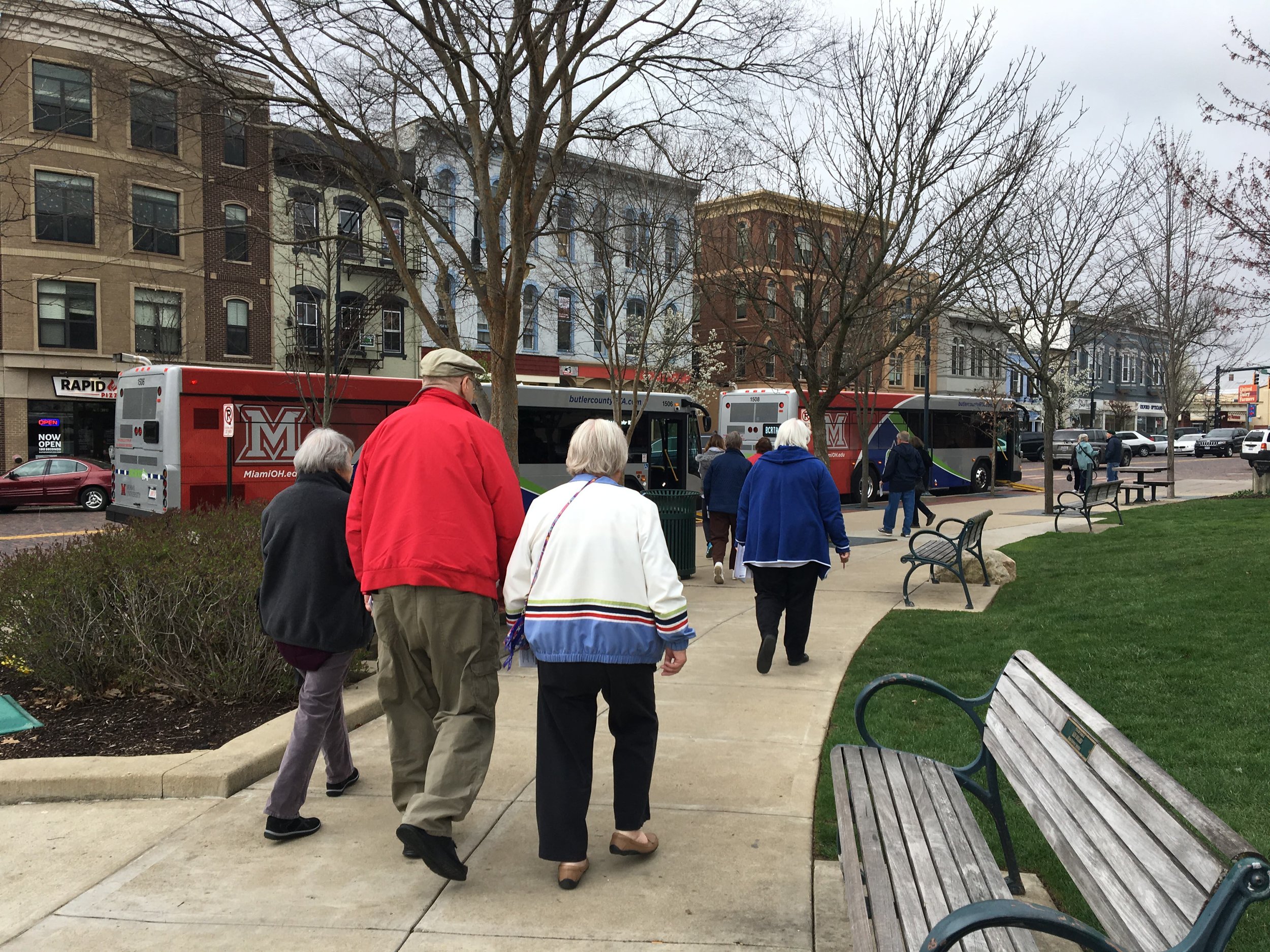
There is no one way to design a Complete Street, each is unique based on the needs of the community. A Complete Street could include things like:
- Protected bike lanes
- Frequent and lighted crosswalks
- Slower speeds with fewer and narrower car lanes
- Roundabouts, bulb-outs, and median islands
- Pedestrian-primary streets
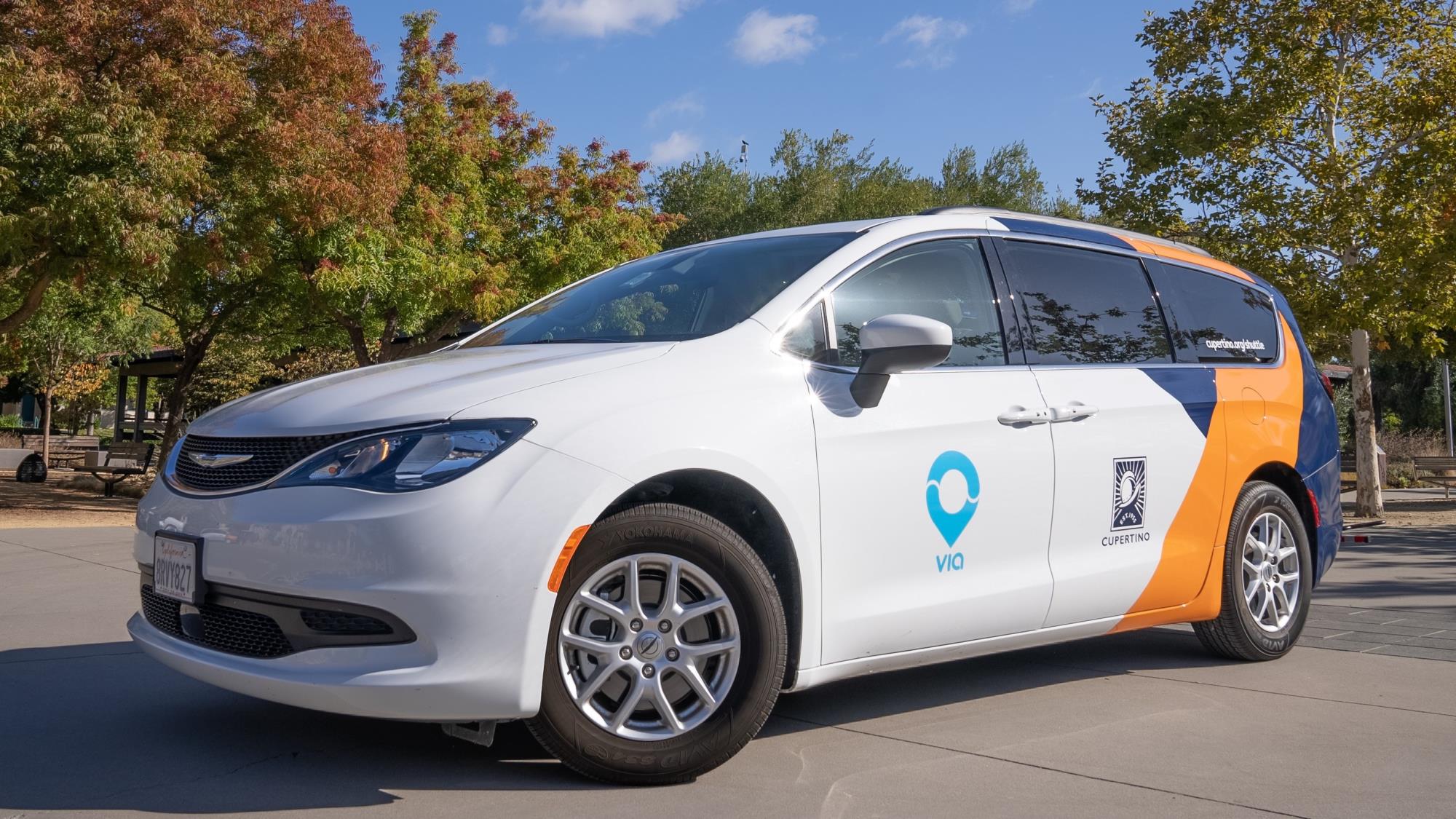
Implementing a Complete Streets approach, designed with humans in mind, can transform a community. It can bring people outside to interact with their neighbors, and create healthier, happier neighborhoods.
Studies show that most seniors want to maintain their independence as they lose the ability to drive. While walking is one of the ways they can get to amenities like grocery stores, restaurants, and banks, many of these amenities are often not within easy walking distance. For longer trips, it becomes important for seniors to have access to flexible transportation options like a shuttle or an ebike which allow them to get to places quickly and on their own schedule.
Cupertino’s Via Shuttle is seeing increased ridership and is expanding its coverage area. However, its model depends on shared rides with potentially multiple stops before you get to your destination.
E-bikes
Aging seniors are the fastest growing segment of ebikes, which are revolutionizing senior mobility. Bike manufacturers have noticed and many are now offering adaptive ebikes and etrikes that are designed specifically to give seniors and individuals with mobility issues the freedom and independence they want, when driving a car is no longer an option, or they want to be more active.
To make it easier to use ebikes for seniors and residents with mobility issues, Cupertino needs to continue to invest in building more protected bike lanes, trails, and bike-friendly streets.
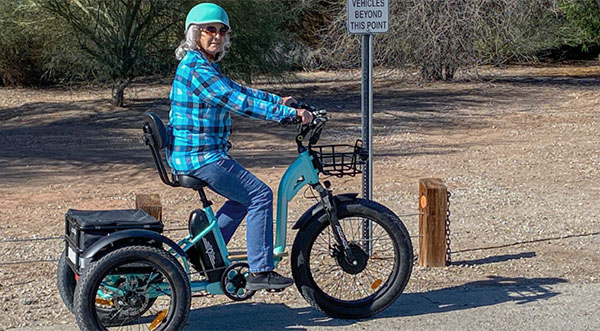
Reasons why ebikes are a good choice for seniors are:
- Motor-assist pedaling power. This allows seniors to easily ride any distance without getting tired, irrespective of their strength. Riders can also adjust the amount of assistance to get more or less exercise.
- Stability. More and more manufacturers are offering etrikes so that riders with balance issues can ride safely. Some come with thicker tires for increased stability.
- Comfort. Many ebikes come with options for a comfortable sitting position with wider seats or seat-back support. Many offer easy-step through frames making it easy to get on and off.
- Convenience. Ebikes offer a range of options for front or back carrying capacity to make it easy and safe to carry groceries or other items.
- Compact. Ebikes are easy to store at home or carry for a trip away from home.
- Versatile. Ebikes can go many places that cars can’t go such as trails and parks, giving seniors a way to easily enjoy nature and the outdoors.
- Affordable. Ebikes are not just cheaper to purchase than a car, they are much cheaper to maintain and charging them costs a lot less. The fuel cost of a car for a month will pay to buy electricity for your ebike for a whole year.
Is your neighborhood senior-friendly?
Look at your neighborhood within a mile of your home. Does it qualify as a walkable neighborhood? In most parts of Cupertino, we have a long way to go.
Look at the streets within a mile of your home. Do they feel safe to use and cross for local residents of all ages and mobility? Many streets in Cupertino have traffic that moves too fast, have too narrow or no sidewalks, too few crossings, wide car lanes, no bulb-outs or medians and more. We also don’t have any pedestrian-primary streets that only allow local residents drive cars there.
Look at the roads in your neighborhood within a mile of your home. Are they comfortable for seniors to bike on? Are there protected bike lanes or biking friendly streets where seniors can feel safe biking?
Implementing all the measures discussed above will take time and the exact details will vary neighborhood to neighborhood, street to street. But as our residents age, we need to implement the changes we need to make to keep them comfortable, safe, and thriving members of our community.
